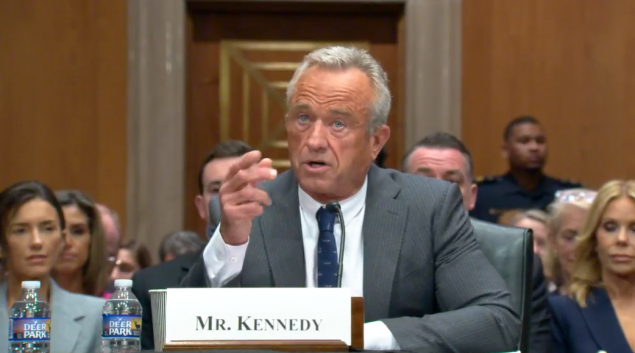The Department of Health and Human Services has recently undergone a significant transformation, with Secretary Robert F. Kennedy, Jr., announcing a restructuring that will consolidate 28 divisions into 15 and reduce regional offices from 10 to five. This move is aimed at streamlining operations and saving about $1.8 billion annually without compromising critical services.
One of the key changes highlighted in the HHS Fact Sheet is the workforce reductions at the U.S. Food and Drug Administration (FDA), which will see approximately 3,500 full-time employees laid off. The focus is on streamlining operations and centralizing administrative functions, with no impact on drug, medical device, or food reviewers. Similarly, the Centers for Disease Control and Prevention (CDC) will lay off around 2,400 employees to refocus on preparing for and responding to epidemics and outbreaks. The National Institutes of Health (NIH) will also reduce its workforce by approximately 1,200 full-time equivalents by centralizing certain functions across its centers.
The restructuring efforts extend to the Centers for Medicare and Medicaid Services (CMS), where approximately 300 employees will be let go to reduce minor duplication within the agency. These changes, combined with other initiatives like early retirement and the Fork in the Road program, will result in a downsizing from 82,000 to 62,000 full-time employees at HHS.
As part of the transformation, a new Administration for a Healthy America has been established to centralize core functions such as human resources, information technology, procurement, and external affairs. This division includes key agencies like the Health Resources and Services Administration and the Substance Abuse and Mental Health Services Administration.
The restructuring also involves merging certain offices to improve efficiency and responsiveness. The Administration for Strategic Preparedness and Response will become part of the CDC, while the Assistant Secretary for Planning and Evaluation will be combined with the Agency for Healthcare Research and Quality to create the Office of Strategy. These changes are aimed at ensuring that essential health services like Medicare and Medicaid remain intact and that federal health programs are directed effectively.
Secretary Kennedy emphasized the importance of making HHS more efficient and cost-effective while maintaining quality services. The reorganization will focus on addressing America’s chronic illness epidemic by prioritizing safe food, clean water, and the elimination of environmental toxins. However, these priorities may conflict with other policies and regulations under the Trump Administration, such as changes to environmental protections and water regulations.
Overall, the goal of the HHS transformation is to “Make America Healthy Again” by aligning the organization with its core mission and new priorities. The overhaul is expected to benefit both taxpayers and the public served by HHS, ultimately contributing to a healthier nation.
Andrea Fox, senior editor of Healthcare IT News, can be contacted at afox@himss.org. Healthcare IT News is a HIMSS Media publication.


